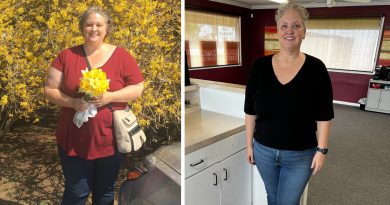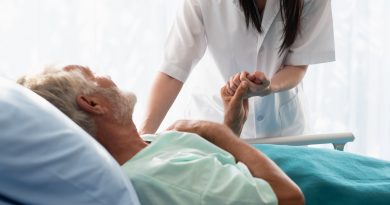Men 60 and older with certain risk factors should get screened for life-threatening heart condition
Men who are 60 and older with a history of smoking should have a screening ultrasound for a potentially life-threatening condition called abdominal aortic aneurysm, which often has no symptoms in the early stages, says Dr. Joseph Coselli, professor and executive vice-chair of the Michael E. DeBakey Department of Surgery at Baylor College of Medicine. “Typically, there are no symptoms present until the aneurysm has burst, and the survival rate is only 25-50%.”
 An abdominal aortic aneurysm is a ballooning of the aorta (the main blood vessel that leaves the heart and feeds the rest of the body). The aneurysm grows slowly over time, and eventually, it can tear or burst, which can be life-threatening. Unfortunately, there are often no symptoms, especially when the aneurysm is small. Symptoms, such as unexplained and persistent lower back pain or a pulsating feeling in the abdomen, often don’t show until the aneurysm becomes larger. If the aneurysm becomes large enough to burst, the related pain usually brings these patients to the emergency room.
An abdominal aortic aneurysm is a ballooning of the aorta (the main blood vessel that leaves the heart and feeds the rest of the body). The aneurysm grows slowly over time, and eventually, it can tear or burst, which can be life-threatening. Unfortunately, there are often no symptoms, especially when the aneurysm is small. Symptoms, such as unexplained and persistent lower back pain or a pulsating feeling in the abdomen, often don’t show until the aneurysm becomes larger. If the aneurysm becomes large enough to burst, the related pain usually brings these patients to the emergency room.
The goal is to catch the aneurysm before it bursts and operate on it before it ruptures. Coselli says the risk factors for abdominal aortic aneurysms are being male, hypertension and smoking. He urges men 60 and older with these risk factors to have a screening ultrasound; this screening is the first step toward finding this hidden disease.
If an abdominal aortic aneurysm is found with an ultrasound, a doctor will order a computed tomography angiography (CTA) imaging scan to determine the size and extent of the aneurysm. A surgeon will operate if the aneurysm is around 2 inches, if it is growing rapidly or if the patient has other risk factors, such as a genetic disorder. Otherwise, a doctor will monitor a small aneurysm by repeating the imaging scan each year to keep an eye on its size and growth rate.
There are two types of surgeries for abdominal aortic aneurysms: open surgical repair and endovascular repair. The most common treatment is endovascular repair using a stent-graft, which offers many benefits compared to open surgery, says Coselli. Endovascular surgery is done through small incisions in the groin, and the results are extremely good. There is less risk, less need for blood transfusion and a faster recovery.
If you have an aneurysm, Coselli says practicing heart healthy habits is key. “In general, a healthy diet, exercise and low stress and treating any comorbidities like hypertension or diabetes are important in reducing any cardiac events, including abdominal aortic aneurysms.”
Learn more about our cardiovascular health services.
By Tiffany Harston, communications associate in the Michael E. DeBakey Department of Surgery at Baylor College of Medicine.



